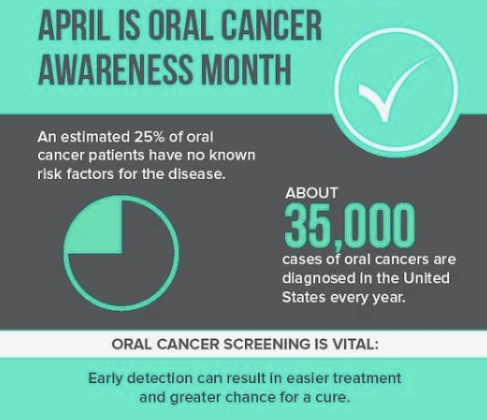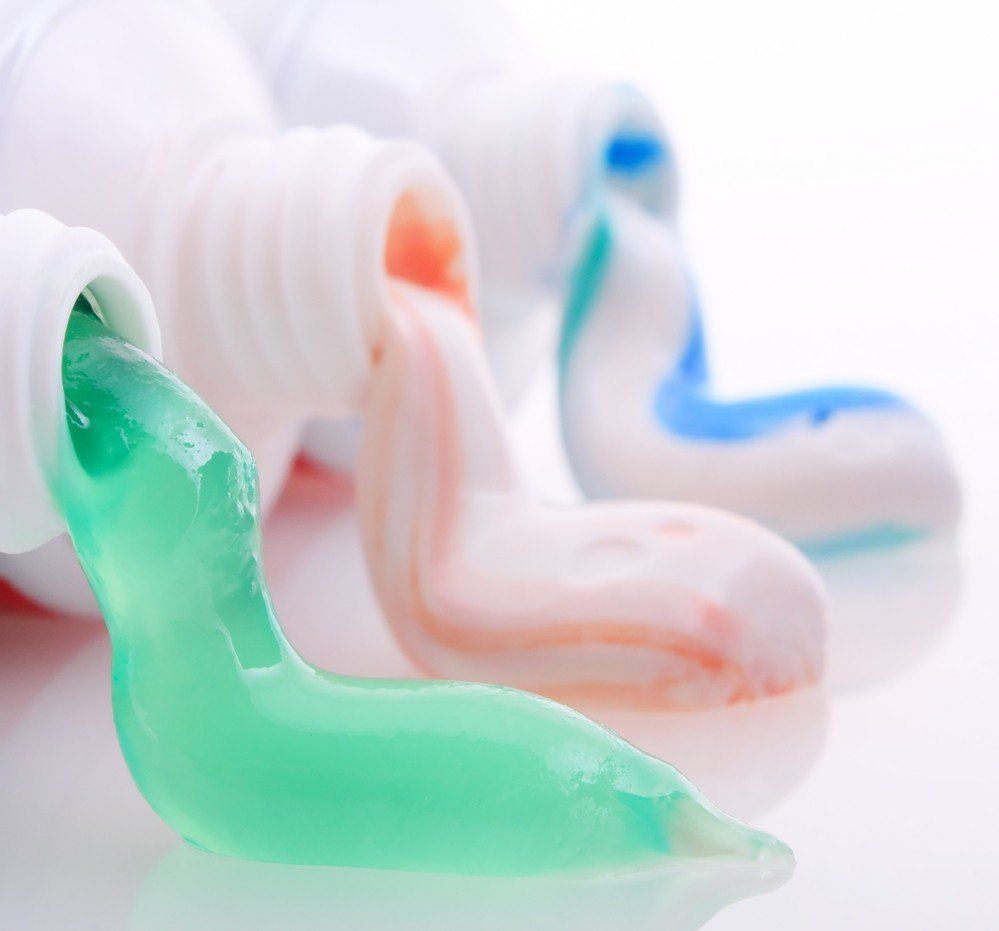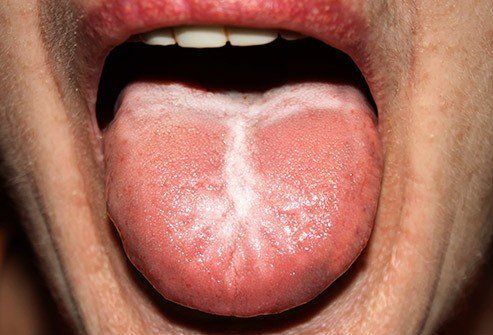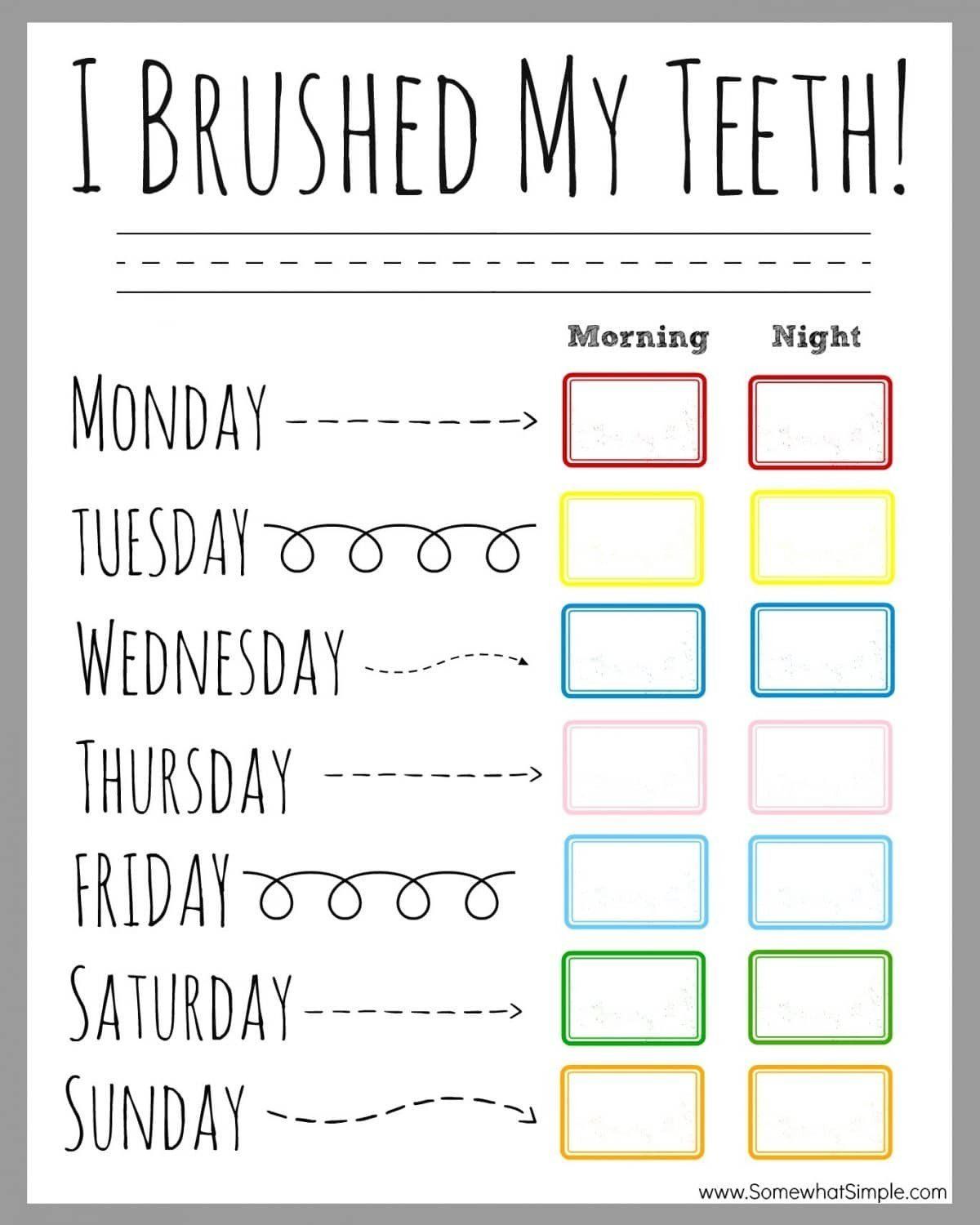7 Reasons Why Your Teeth Hurt
- By Joel Snyder
- •
- 09 Dec, 2016
- •
There's nothing more aggravating or borderline debilitating than tooth irritation. And along with the pesky pain comes the daunting reality that you could have a dentist appointment in your near future involving Novocaine, a root canal, and a 3-day recovery. But before you call out of work, line up your Netflix queue, and beg a friend to come over for support, it's important to consider the many reasons why that pain coming from your pearly whites might not be cavity-related at all.
"Toothache or tooth pain can be the result of a myriad of causes other than a simple cavity," says Gerry Curatola, dentist and founder of Rejuvenation Dentistry and RealSelf advisor. "That's why it's important to be discerning and attentive to what type of pain it is, where it's coming from, and when it's happening."
To help you pinpoint the issue, here's the lowdown on the other reasons you might be experiencing dental discomfort.
1. You brush too hard and it's led to gum recession.
Of course you want to get those puppies as clean as a whistle, but applying too much pressure or brushing too aggressively can actually lead to more problems—and pain. "Doing this wears away at the actual tooth structure, as well as the recession of the gums that normally covers the root of the tooth," says Ira Handschuh, dentist at the Dental Design Center in White Plains, NY. You may notice extreme sensitivity to eating and drinking cold items, which is due to your root structure being more exposed. While you can't "undo" the damage caused by overbrushing, you can make an appointment with your dentist, who can place tooth-colored fillings on the areas where the tooth has worn away, says Handschuh. "Sometimes even placing a gum graft to build the gums back to the height they were originally is also possible," he says. Your best bet to avoid this fate altogether: Invest in a high quality electronic toothbrush or a manual extra-soft bristled brush, and dial back the pressure.
2. You have a gum infection.
If you've been told that you have periodontal (gum) disease, you're far from alone. In fact, nearly half of the US adult population 30 and older has mild, moderate, or severe periodontitis, according to the Centers for Disease Control and Prevention (CDC). But even if you're lucky enough to not have it, you can still contract a gum infection. "This occurs when germs or bacteria enter the teeth or gum area and multiply to a point where the body cannot fight off the bad bacteria," says Melissa Thompson, a Massachusetts-based dentist and owner of three Aspen Dental practices. "The infection may cause pain or swelling, a small pimple above the tooth or area, the release of pus, or even a bad taste in the mouth." As soon as you notice any of these signs, it's best to get to your dentist's office, stat. "Gum infection may lead to an abscess, which can cause even worse pain," says Handschuh. "Your dentist will have to clean out the gum region around the infected tooth and prescribe antibiotics and oral rinses immediately."
3. You've experienced tooth trauma.
You might be thinking that, if this were the case, you'd know right away, but surprisingly, tooth trauma can be the result of an incident that happened many years ago. "This can entail anything from falling and hitting the teeth, being in a car accident where there's a force to the mouth or jaw, or even chewing on some type of food that traumatizes the tooth," says Handschuh. Along with tooth trauma or a tooth fracture comes increased pain and sensitivity when chewing, which causes the tooth to flex and irritates the nerve endings within the tooth.
"If a patient were to fall and hit or damage a tooth, their dentist would need to keep watch on that tooth with regular follow-ups and x-rays to make sure there's no infection and also that the nerve inside the tooth is not dying," says Thompson. If the tooth has died as a result of trauma, signs would include discoloration on the outside of the tooth and temperature sensitivity. "A root canal and crown is typically the treatment recommended for a dead tooth, and, if the tooth needed to be removed, implanting a bridge or removable appliance such as a partial denture would be the next step," she says.
4. You have a severe sinus infection.
Especially during allergy and flu season, a sinus infection may creep up in a way that doesn't even feel like a normal one. "Since the roots of certain teeth actually sit right by the sinuses, the pressure from a sinus infection actually mirrors tooth pain," says Handschuh. "Instead of dental treatment, one would need medication like a decongestant and possible antibiotic prescribed by her family physician."
5. You grind or clench your teeth while sleeping.
Maybe a significant other has already clued you into the fact that you have this habit, but it can cause more than just annoyance to your bed partner. "In some cases, chronic teeth grinding can result in a fractured or loose tooth," says Handschuh. "So it's very important to have your teeth evaluated by your dentist so he can examine the way your teeth fit together, and consider whether or not any of them are hitting too hard or too early." An imbalance in where your teeth meet when they grind together is what can cause problems like tooth and muscle pain. "There are many ways to treat this type of pain, one of which might be the use of a night guard, which assists in removing forces off of some teeth and placing the forces evenly throughout the oral cavity," he says.
6. You recently had fillings or drillings done to a tooth.
If this is the case, you may notice sharp sensitivity when biting down in the area that you had work done. "When teeth are drilled, you may experience sensitivity to cold for a couple of weeks, which is normal, but if there is sensitivity when you bite, especially on hard substances, an adjustment may be needed so that you are chewing more evenly," says Thompson. Since you'll most likely notice this occurrence after you've already left your dentist's office, you'll have to schedule a follow-up visit so that your dentist can check on the bite and make minor adjustments to alleviate the pain. "Your dentist will adjust the bite if needed, and if it's temperature-sensitive, he may place a topical fluoride or desensitizing paste on the area," says Thompson.
7. You have a cracked tooth.
This can be caused by a number of things, including biting into something hard that causes the tooth to crack, an injury from something outside the mouth, like falling or an accident, or even tooth clenching and grinding. "If there is a crack, the tooth pain could be experienced when biting down, chewing, or even drinking something hot or cold," says Thompson. If the crack is to one of your front teeth, you may be able to actually see the damage, but if it is to the back teeth, visibility might be more difficult. Visit your dentist's office right away so she can examine or restore the area before the crack worsens—and immediately stop chewing on anything hard. "If it's due to jaw clenching and teeth grinding, a custom-made night guard will be recommended to protect the teeth from future trauma," says Thompson.
The bottom line: Tooth pain might have a simple, easy-to-treat cause or it may be more complicated, so it's always best to play it safe and head to your dentist's office for an evaluation. "If left untreated, some tooth pain and infections can lead to life-threatening concerns and can spread throughout the body, causing an even greater infection," says Handschuh. Follow up with your regular dental care appointments every 6 months (or more frequently if recommended by your dentist) to avoid these more serious scenarios. "Have an open, honest dialogue with your dentist to set up a commitment to keep your mouth healthy and pain-free for your entire life," says Handschuh.
You can always make an appointment at our office. Our newly renovated office is conveniently located at 2100 Carlmont Drive. We are on the corner of Alameda de las Pulgas Avenue, 1 block west of Ralston Avenue, and directly across from the Carlmont Shopping Center. We are also near Hwy 92 and Hwy 280. There is a parking area in front of the office.
Office Hours: Monday - Thursday 9:00am - 5:00pm

Contact us!
https://www.fabuloussmilesdental.com/contact

ADA Approval
First, make sure you choose a product approved by the American Dental Association and displaying the seal on its packaging. There are plenty of fluoride-free, organic, and all natural options tested by the ADA for both safety and effectiveness at keeping the teeth clean. Products without these seals have not necessarily been tested for their claims and quality, so you’re gambling with the health of your mouth by using them.
Focus on Needs
Consider what your teeth need the most to choose a toothpaste with the right extras. Whitening toothpaste can’t always replace professional whitening from a dentist, but it does work to prevent surface stains that cause your white smile to lose its brightness after treatment. Most toothpastes tend to target one of more of the following conditions or needs:
- Sensitivity, in the gums and teeth, from mild to severe pain
- Fluoride products are essential for kids, adults who don’t get enough of it in their diet, and people with diabetes and many other conditions
- Anti-cavity, which most products cover but which should always be checked
- Anti-gingivitis, ranging from over the counter to prescription products for healthier gums.
Watch Out!
There are a few products you don’t want to use on your teeth, and they’re often sold as cosmetic products rather than medically tested toothpaste. Any whitening toothpaste with a very abrasive ingredient, ranging from natural walnut shell to plastic microbeads, can leave your teeth with enamel damage that is permanent and hard to treat. Activated charcoal powders can also discolor teeth along with eroding your enamel. Look for toothpaste products that reinforce enamel rather than damaging it.
Picking a Toothbrush
Of course, the toothpaste still needs to be applied to the teeth with the right tools to effectively protect you from cavities and gum disease. The wrong toothbrush can damage your enamel, scratch your gums, or fail to remove trapped food from between your molars. Only use soft bristled brushes unless given advice from your dentist to the contrary. For most people, stiff bristles are too hard for their gums. The tip of each bristle should be rounded and not pointed or square so that food debris and tartar comes loose with each sweep. Replace your brush every three months even if it still looks new and fresh since bacteria can build up over time.
Need more advice about what to do to take care of your teeth? Make an appointment with your dentist for a routine cleaning or a timely inspection. You can discuss your concerns without feeling rushed and determine if your current oral health practices are sufficient for keeping your smile bright, healthy, and strong.

Creamy white spots could be thrush, a fungal infection (shown below). It often happens after an illness or medications throw off the balance of bacteria in your mouth. White patches that look lacy could be lichen planus, which means your immune system is attacking the tissues in your mouth. If you see hard, flat, white areas that can’t be scraped away, it could be leukoplakia, which is linked to cancer. Let your dentist know about any white patches you see.


